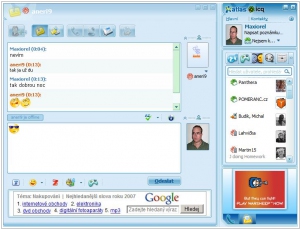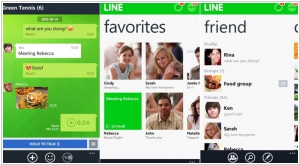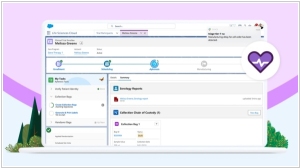ICQ vs Line
May 18, 2023 | Author: Adam Levine
ICQ and Line are both instant messaging platforms that offer communication features, but they have notable differences. ICQ, which stands for "I Seek You," is one of the earliest messaging applications and is known for its simple interface and messaging capabilities. It provides features such as text messaging, voice and video calls, file sharing, and group chats. ICQ allows users to connect with friends and family and is available on various platforms. On the other hand, Line is a popular messaging app, particularly in Asia, that offers a wide range of features beyond messaging. Line includes stickers, emojis, games, and a timeline feature similar to social media platforms. It also provides additional services like digital payments and shopping integration.
See also: Top 10 Business Messaging platforms
See also: Top 10 Business Messaging platforms
ICQ vs Line in our news:
2016. Messenger Line introduced bots
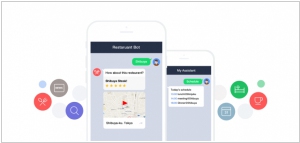
Developers now have the capability to create bots for the messaging app Line. Initially, Line is limiting the availability of these bots to a trial period with just 10,000 slots, operating on a first-come, first-serve basis. Each bot will be restricted to serving 50 friends or accounts, indicating that this is primarily a testing phase before a wider release. As of now, there are limited features for end users, but with developers having access to the technology, we can expect Line bots to be introduced in the near future. Additionally, Facebook is anticipated to announce the opening of its Messenger platform for bots at its upcoming F8 event.
2016. Messenger Line now allows to create group calls with up to 200 friends
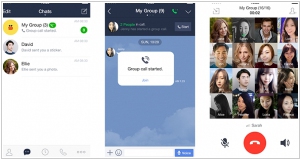
Mobile messaging service Line has been offering one-on-one video and voice calling for a while. Now, it has introduced support for group voice calls with the capability to accommodate up to 200 participants simultaneously. This new feature appears to target business users, as Line aims to replace certain enterprise calling systems. By providing such functionality, Line sets itself apart from competitors like Facebook Messenger and WhatsApp. Despite Messenger's billion-plus active users and its existing video and voice calling capabilities, and WhatsApp's recent addition of voice calling and rumored upcoming video calling feature, neither platform currently supports large-scale group calls. Therefore, Line's latest update brings attention to its calling feature.
2015. Messenger Line adds end-to-end encryption
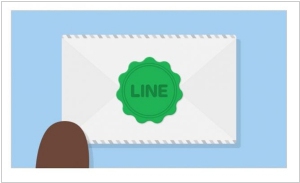
Japan-based messenger Line has made an important announcement for its mobile messaging service, which boasts a massive user base of over 211 million people worldwide per month. The long-awaited implementation of end-to-end encryption, called 'Letter Sealing', is set to enhance the security of messages and features within the service. Initially, this encryption will be available for one-on-one chats and the location-sharing feature across Line's mobile and desktop apps. It's important to note that the encryption feature will only be active when all parties involved have it enabled on their devices. Currently, users need to manually activate encryption by navigating through menus, which may affect the initial rollout. However, Line has plans to make it the default setting for all users in the near future, starting with those who have a single Android device registered to their account. Furthermore, Line intends to expand encrypted sealing to its desktop version and other operating systems gradually as well.
2015. Messenger Line intoruced Launcher app for Android
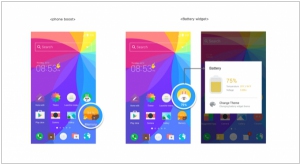
Line, the popular Japanese messenger, has unveiled an Android launcher app with a range of features. This launcher app allows users to personalize their wallpaper with stickers and customize the appearance of app icons. Additionally, it includes widget shortcuts, utility apps, and an integrated search function. The Line launcher also offers app recommendations for users to download and introduces enhanced notifications for the core Line chat app. Currently, there appears to be limited integration between the launcher and the messaging service, but future updates are expected to optimize this aspect. The introduction of an Android launcher app makes perfect sense for Line as it not only helps reach users who may not regularly utilize the messaging app, especially considering that half of its active user base comes from Japan, Taiwan, and Thailand, but it also has the potential to further engage its existing active users.
2015. Messenger Line launches business version
Messenger platform Line has introduced a new offering, enabling brands, SMEs, and other business users to leverage its platform for effective communication with customers and consumers. The Line@ app, available on both iOS and Android, serves as an enterprise-oriented version of Line's popular chat app. It seamlessly integrates with the existing chat service, allowing the exchange of messages with regular Line users and the ability to post content on the social network-like 'Timeline.' However, Line@ is specifically designed for interacting with individuals who are not friends but rather clients, customers, or fans of the business. While the new service is free to utilize, Line charges users for a searchable vanity ID, priced at $24 for the first year and $12 subsequently. Free accounts are limited to sending 1,000 messages per month. For higher usage, users can opt for a paid plan, which costs $50 per month for 50,000 messages, with additional messages beyond the bundle incurring a fee of $0.01 each.
2015. Line acquired online payment service WebPay
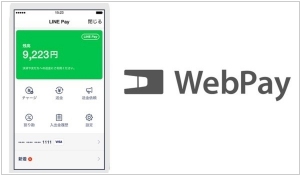
The mobile messenger Line is strengthening its payments service, Line Pay, through the acquisition of the Japanese startup WebPay. Currently, Line Pay is integrated into Line's primary chat application and is primarily used for purchasing digital goods within Line's platform. However, Line has plans to expand its payment service to encompass other online sites and services, and this is where WebPay plays a crucial role. WebPay is a service similar to Stripe, facilitating secure and convenient payments on e-commerce sites, mobile apps, and other web-based services. With the acquisition of WebPay, Line aims to enhance Line Pay's capabilities and provide users with broader payment options across various online platforms.
2008. Soashable clones Meebo, adds open source
Meebo must be feeling quite flattered right now, as an open-source clone called Soashable has emerged, offering similar features to what Meebo provided just a year ago. While it may lack some of the advanced functionalities, such as platform support, group chat rooms, and seamless integration with Google Talk and ICQ, Soashable shows promise, especially considering the success of open-source IM platforms like Pidgin. Aside from the hosted web application that supports three major IM clients, Soashable can be integrated into personal websites by installing it on one's server. Although the chat windows currently display debugging information, I was able to engage in seamless conversations on AIM and Yahoo. Looking ahead, this project holds potential as a plugin for personal blogs or sites, allowing users to create customized versions of the service with various skinning and personalization options. Meebo has already explored similar avenues through sponsorships and advertising campaigns that leverage skinning functionalities, but empowering users to tailor every aspect of the design to their preferences is what made Trillian popular with its SkinXML engine.
2004. ICQ to ping application developers
ICQ, a subsidiary of America Online (AOL), is set to launch a major software overhaul next week, introducing ICQ 4.0 with new features and applications. The latest version of its instant messaging client will be accompanied by the announcement of an initiative allowing partners to access ICQ application programming interfaces (APIs), according to sources. While the APIs will initially be available to select partners, ICQ plans to eventually release them to the public. Games publisher Oberon Media and dating service Lava Life have participated in a trial run, developing applications for ICQ 4.0. The new version aims to turn ICQ into an application platform, leveraging the APIs to offer various programs within the instant messenger client. The APIs will support programming in HTML, DHTML, and Flash, enabling developers to create a range of innovative applications. ICQ's move is seen as an attempt to revitalize its popularity and compete with rivals such as AOL's AIM.
2002. ICQ gets back to basics
America Online (AOL) has released a simplified version of its popular instant messaging service called "ICQ Lite," which targets first-time users with its user-friendly interface. ICQ Lite is smaller in size, taking up 1.7MB compared to the standard 3.6MB, and offers fewer features than the full-featured ICQ. The focus of ICQ Lite is on essential instant messaging functions such as real-time text exchange, user search, SMS messaging to cell phones, file transfers, and multilingual support. While AOL owns both ICQ and AOL Instant Messenger (AIM), the two services have not been allowed to communicate with each other, citing different user preferences. AOL's dominance in the instant messaging space has drawn regulatory scrutiny, but its competitors have found success despite the lack of interoperability.
2001. AOL adds file sharing to ICQ
America Online (AOL) has unveiled an updated version of its ICQ instant messenger, marking the first major update in a year. ICQ 2001b Beta v5.15 introduces new features such as file sharing, two-way messaging with cell phones, multilingual support, a spell checker, and enhanced graphical emoticons. Users can now save their contact list on their computer and request contact lists from friends. The release comes as competitors like Microsoft and Yahoo are adding new features to their own messaging services to attract users. Despite these advancements, the lack of interoperability among different instant messaging platforms remains a challenge, with AOL yet to enable communication between its two services. Critics have urged AOL to open up its IM networks, leading to interoperability trials with companies like Sun Microsystems and IBM's Lotus Sametime. According to research firm Jupiter Media Metrix, AOL's ICQ and AOL Instant Messenger continue to have a significant user base compared to competitors like Microsoft's MSN Messenger and Yahoo Messenger.

